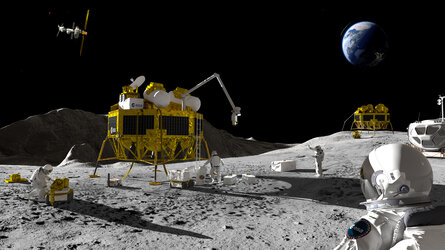ESA Academy rockets forward in 2024 with its Training Sessions
In the vibrant landscape of space education, the ESA Academy has had an auspicious start to 2024, hosting a plethora of enriching training sessions.
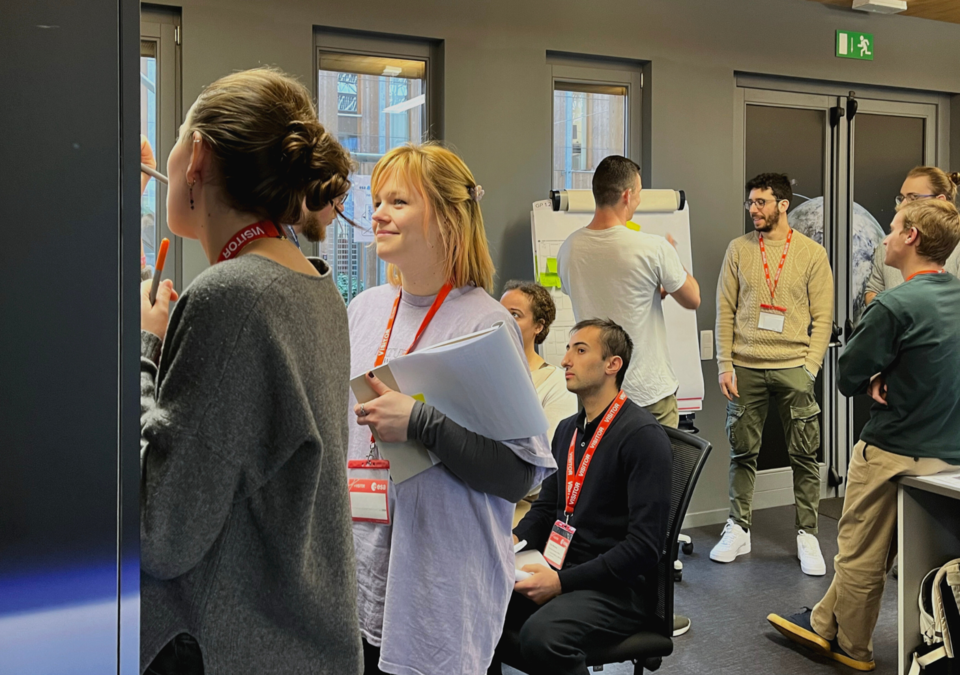
January marked the beginning of the 3rd edition of the Technology Transfer, Application, and Innovation Workshop, a collaborative effort with ESA’s Commercialisation Department. Thirty students hailing from 12 different nationalities learnt about the process and challenges of transferring space technologies to non-space domains. Students dissected a real ESA invention related to a space subsystem facing a technical challenge: limiting vibrations transferred from reaction wheels to the payload of a satellite. Working in groups, the students generated innovative solutions for its application beyond the space sphere!
Transitioning into February, the momentum continued with the 4th edition of the Introduction to Space Law Training Course, engaging another cohort of thirty students representing 14 different nationalities. Delivered in partnership with ESA’s Legal Services Department, the course provided a comprehensive overview of international space law principles, United Nations treaties, and regional initiatives. The week was enriched with interactive sessions, including a model United Nations exercise where students navigated the complexities of space diplomacy while addressing pressing global issues like climate change and space-based solutions.
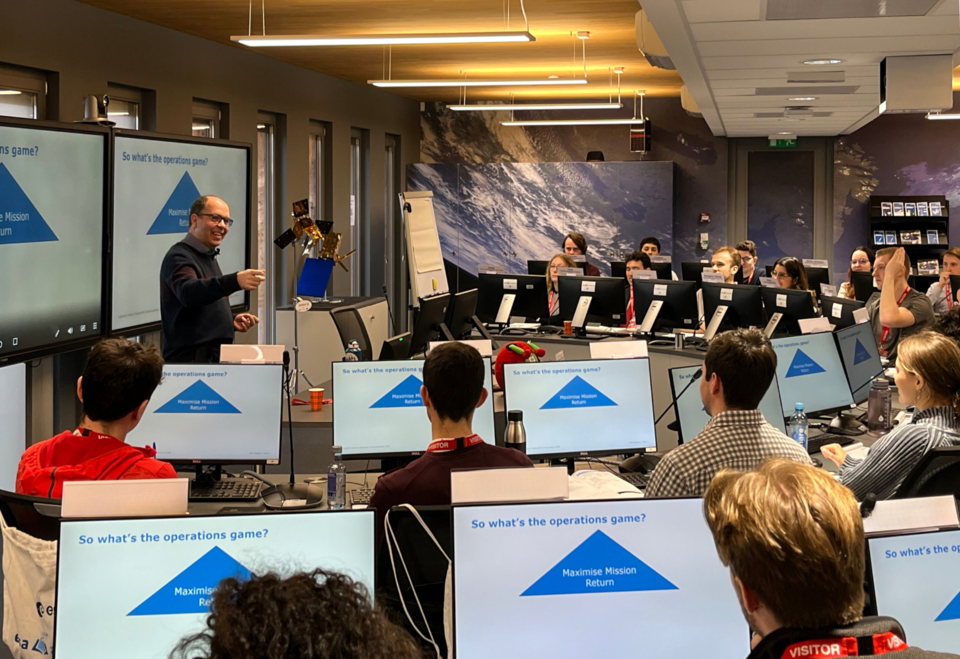
The week after, the 9th edition of the Ladybird Guide to Spacecraft Communications kicked off. Thirty students from 14 nationalities embarked on an immersive journey into spacecraft communications, exploring coding, transmission techniques, and operational challenges through engaging lectures and hands-on exercises. A highlight was the live pass of OPS-SAT operated from the European Space Operations Centre (ESOC), providing participants with firsthand experience in spacecraft communications. They had the unique opportunity to send commands to the satellite, resulting in capturing images of Australia.
"This course exceeded all expectations, shedding light on the indispensable role of communications engineers in space exploration. Through engaging lectures, real-world case studies, and hands-on exercises, it navigated us through the intricacies of spacecraft communications with precision", mentioned a student from the University of Zaragoza. "Additionally, commanding the OPS-SAT-1 satellite and performing as spacecraft operation engineers through a simulation was a great opportunity, providing firsthand experience in managing a real mission and reinforcing the practical skills learned throughout the course", the student concluded.
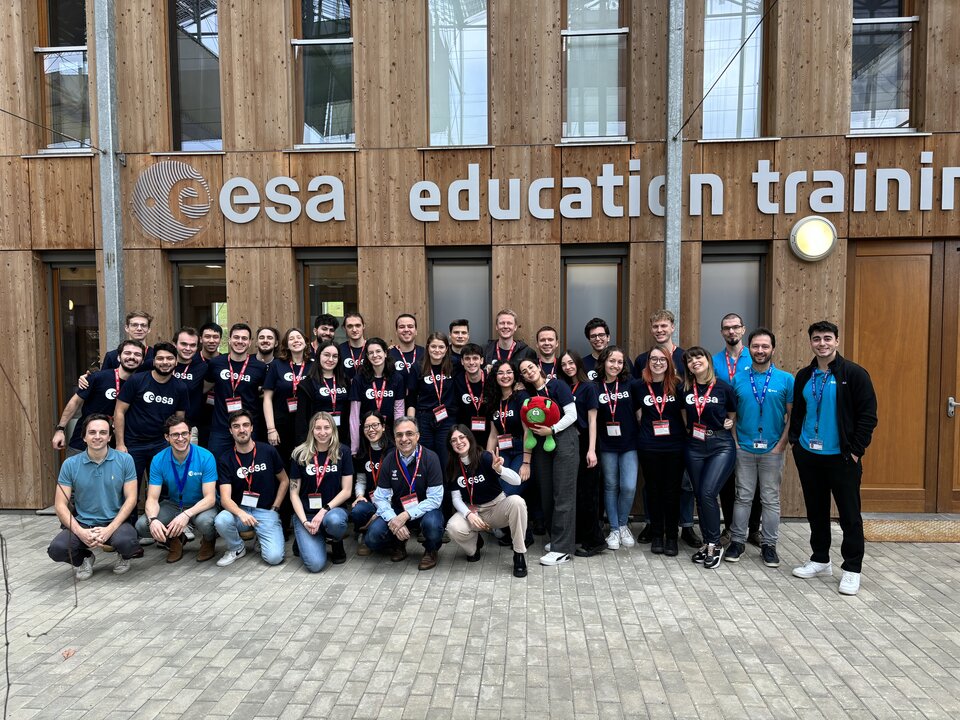
February unfolded with the 5th edition of the CubeSat Concurrent Engineering Workshop. Thirty students representing 10 nationalities, guided by ESA experts, navigated through the complexities of CubeSat mission design, impressing with their innovative solutions and successful design iterations. One of the students’ main tasks was to design a space system by using a hyperspectral camera as a payload for stereoscopic imaging and tracking of objects entering or crossing Earth’s atmosphere. This was particularly challenging given the requirement for two satellites in formation flying.
A student from the University of Naples Federico II commented: "The ESA Academy Concurrent Engineering Workshop 2024 was a game-changer for me. Working as part of a multidisciplinary team and systematically tackling the challenges of creating a sophisticated system has given me a deep appreciation for the effectiveness of this methodology. It wasn't just about learning the theory; it was about experiencing the dynamic collaboration and problem-solving that lead to more efficient and robust designs."
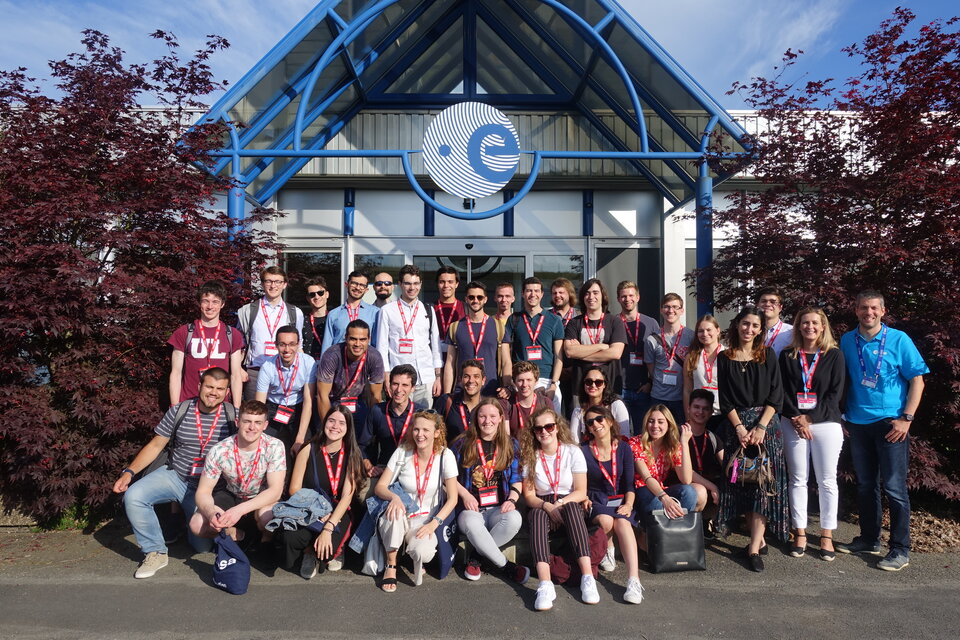
March ushered in the 4th edition of the Clean Space Training Course, gathering 30 students from 10 nationalities. The course, organised in collaboration with the Clean Space Office, aimed to educate the next generation of space engineers on sustainable space mission practices, covering the environmental impact of space missions and design strategies for ‘clean’ satellites. From risk analysis to de-orbiting and re-entry strategies, students tackled every facet by applying their recently acquired knowledge.
As the first quarter unfolded, the ESA Education Office remained steadfast in its commitment to fostering knowledge, collaboration, and innovation in the space sector. Anticipate more exciting opportunities and advancements on the horizon!















 Germany
Germany
 Austria
Austria
 Belgium
Belgium
 Denmark
Denmark
 Spain
Spain
 Estonia
Estonia
 Finland
Finland
 France
France
 Greece
Greece
 Hungary
Hungary
 Ireland
Ireland
 Italy
Italy
 Luxembourg
Luxembourg
 Norway
Norway
 The Netherlands
The Netherlands
 Poland
Poland
 Portugal
Portugal
 Czechia
Czechia
 Romania
Romania
 United Kingdom
United Kingdom
 Slovenia
Slovenia
 Sweden
Sweden
 Switzerland
Switzerland











